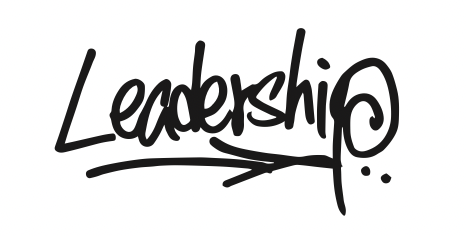
Some of the key issues that often correlate, coincide, or are caused by the elements of "Leadership" in a cooperative are as follows -
MEMBERSHIP TRANSITION
How members are recruited into the cooperative – as well as how they are onboarded – quite logically shapes its culture of leadership. Specifically, if a member is given enough educational and informational support to truly understand how the cooperative functions, then are thereby enabled to take on responsibilities to lead those operations. With regard to membership departure, if a member leaves and their contributions are formally acknowledged and intentionally integrated into the cooperative’s collective memory, it establishes a lineage of shared leadership in the cooperative that supports a culture of collective leadership. Given that youth cooperatives have more member turnover than the average intergenerational or elder cooperative, this maintenance of an explicit lineage of leadership helps the enterprise to continue to develop cumulatively, rather than “restarting” or switching priorities each time there is significant membership transition.
EDUCATION & TRAINING
By and large, according to those coopyouth interviewed, “on the job” experience is the most powerful and successful form of leadership training. This kind of education and training translates into trusting members to take on responsibility knowing they may make mistakes, but is supported by acknowledging that cooperativism is a philosophy that, at base, guides people in being homo cooperativus in cooperative relationships, not building and sustaining the perfect cooperative enterprise. Additionally and unsurprisingly, sufficient orientation into the function of a given cooperative and any specific aspect of cooperative work has great bearing on whether or not a member will feel sufficiently equipped and informed to voice opinions or pursue leadership responsibilities.
STRUCTURE & PARTICIPATION
Conventional organizations design leadership as a product of structure; leadership is “built” into staffing structures and organizational charts via titles and authorities (e.g. hire/fire). Such an approach misses core elements of cooperative, shared leadership, which is necessarily dynamic than “designed” leadership in that it considers who has capacity to lead at a given moment, who is most passionate about a given project or issue, who is ready to develop their leadership skills further, etc. As a result, it is often more fruitful to focus on fostering a culture of leadership in which everyone feels empowered to step up when they are able, rather than meticulously designing processes or creating structures that define leadership without considering the ever-changing needs and capacities of the people who function as cooperative leaders.
